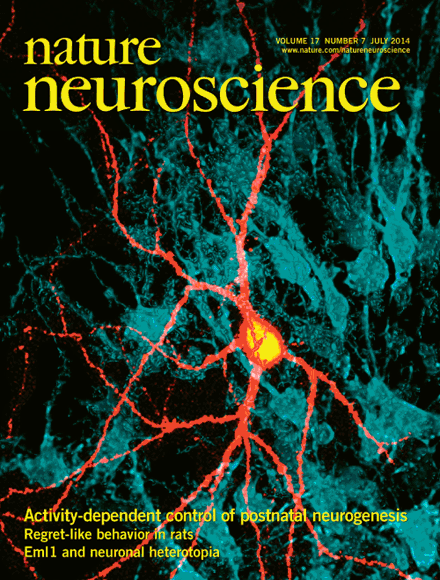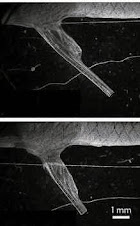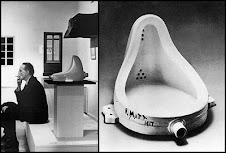
Underwater dunes
Geology 38, 491–494 (2010)
Las dunas de arena son comunes en los desiertos con vientos limpios en la Tierra y también en otros planetas, y pueden asumir una variedad de formas dependiendo de la arena misma y las características del viento que sople. Para investigar los mecanísmos físicos envueltos en la formación y dinámica de las dunas, científicos en Francia, hicieron simulaciones combinadas en experimentos submarinos. Sylvain Courrech du Pont y Pascal Hersen de la Universidad de Paris -Diderot y demás colaboradores, crearón estructuras de arena similares a dunas reales, usando movimientos controlados en una placa de arena en un tanque de agua.
Los investigadores observaron que la morfología de las dunas es grandemente afectada por el ángulo entre los diferentes direcciones de los vientos. Las dunas longitudinales extendidas son estables, mientras que las que presentan forma de crestas no lo son. Estos resultados pueden ayudar a los científicos para extraer información histórica, acerca de los regímenes de los vientos regionales a través de la observación de las formas de las dunas.
A paper submarine

Female argonaut octopuses produce and inhabit brittle ‘paper nautilus’ shells in which they store their eggs. Scientists have speculated that the shells also help to keep the creatures buoyant. Julian Finn and Mark Norman at Museum Victoria in Melbourne, Australia, confirm that the air sometimes seen trapped in these creatures’ shells is used for this purpose.
The researchers captured three females of the species Argonauta argo (pictured) and removed all trapped air from their shells. After release in the ocean, the argonauts jetted towards the surface, where they forced their shells above water and collected air. They then sealed this air into their shells using a pair of arms and forced themselves downwards to a depth at which they became neutrally buoyant. D.P.C.
Los investigadores observaron que la morfología de las dunas es grandemente afectada por el ángulo entre los diferentes direcciones de los vientos. Las dunas longitudinales extendidas son estables, mientras que las que presentan forma de crestas no lo son. Estos resultados pueden ayudar a los científicos para extraer información histórica, acerca de los regímenes de los vientos regionales a través de la observación de las formas de las dunas.
A paper submarine
Proc. R. Soc. B doi:10.1098/rspb.2010.0155 (2010)

Female argonaut octopuses produce and inhabit brittle ‘paper nautilus’ shells in which they store their eggs. Scientists have speculated that the shells also help to keep the creatures buoyant. Julian Finn and Mark Norman at Museum Victoria in Melbourne, Australia, confirm that the air sometimes seen trapped in these creatures’ shells is used for this purpose.
The researchers captured three females of the species Argonauta argo (pictured) and removed all trapped air from their shells. After release in the ocean, the argonauts jetted towards the surface, where they forced their shells above water and collected air. They then sealed this air into their shells using a pair of arms and forced themselves downwards to a depth at which they became neutrally buoyant. D.P.C.














































































